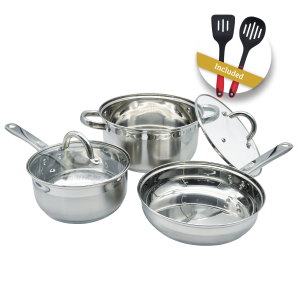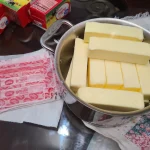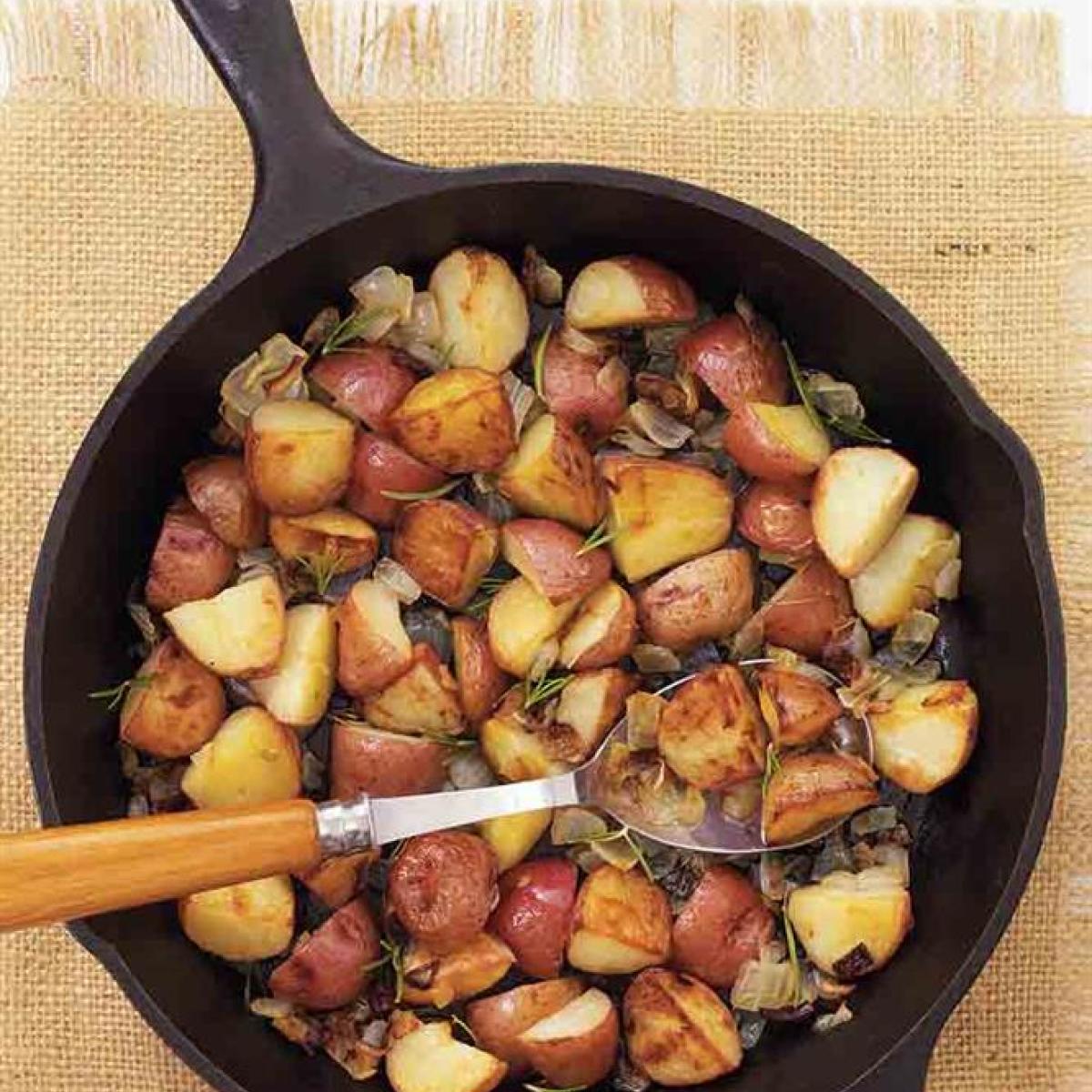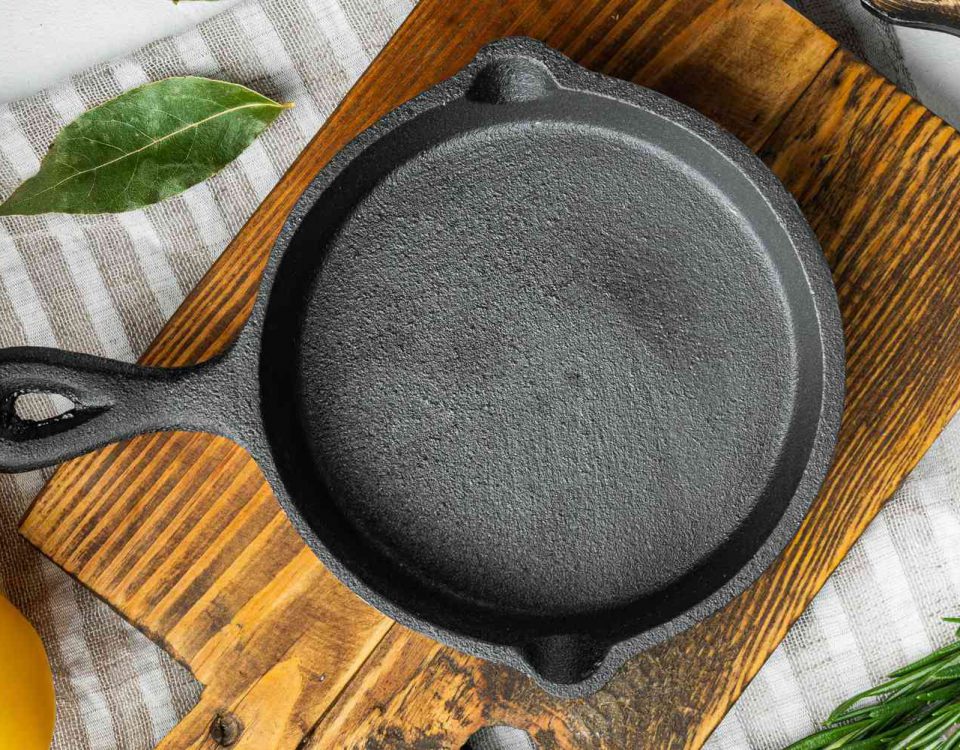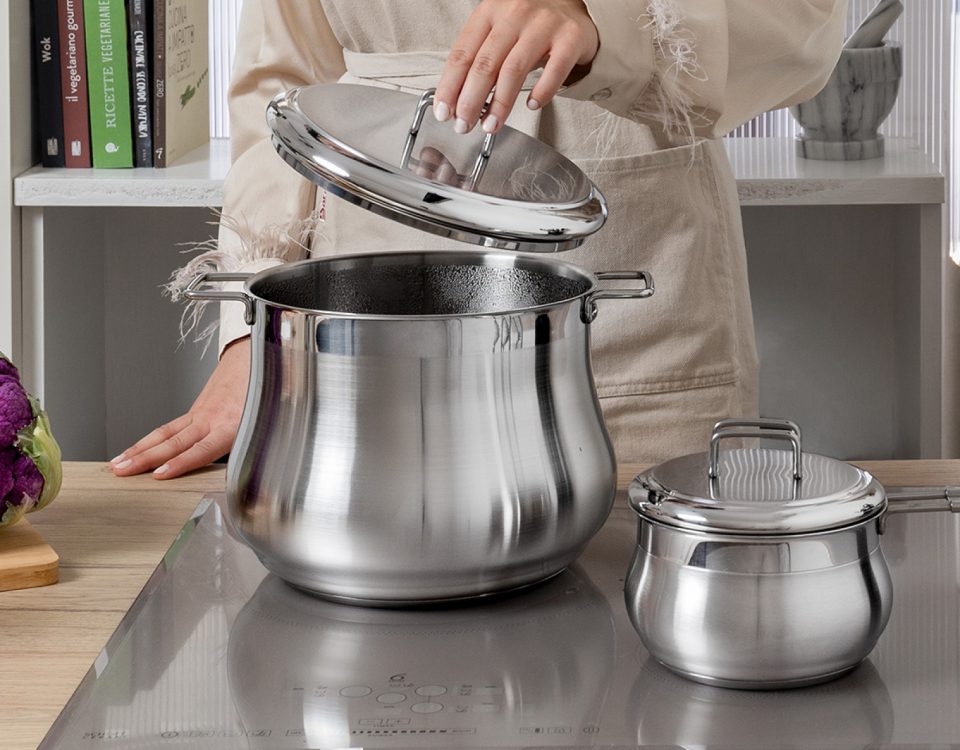Tips for Cooking Potatoes in a Cast Iron Skillet
Cooking potatoes in a cast iron skillet is a time-honored practice that not only delivers delicious results but also showcases the versatility of cast iron cookware. Whether you’re aiming for crispy fried potatoes, smooth and creamy mashed potatoes, or delicately roasted spuds, using a cast iron skillet can elevate your potato dishes to a new level. Here are some invaluable tips for perfecting your potato-cooking techniques with a cast iron skillet.
1. Preheat the Skillet
One of the fundamental steps in using a cast iron skillet for potatoes or any other dish is preheating. Place your skillet on the stove over medium heat for about 5-10 minutes before you begin cooking. This ensures even heat distribution, which is crucial for achieving uniformly cooked potatoes. You can test the skillet’s readiness by sprinkling a few drops of water onto the surface; if they sizzle and evaporate quickly, it’s time to cook.
2. Use Enough Fat
Potatoes have a tendency to stick, especially in a cast iron skillet. Therefore, it’s essential to use a sufficient amount of fat to prevent sticking and to ensure even cooking. You can use oils like olive oil, avocado oil, or vegetable oil, or you can go for butter or bacon grease for added flavor. Heat the fat until it’s shimmering before adding the potatoes.
3. Cut Potatoes Evenly
Uniformity in size is key to ensuring that your potatoes cook evenly. Whether you’re dicing, slicing, or cubing, make sure the pieces are similar in size. This prevents some pieces from being over or undercooked. Smaller pieces are great for achieving a crispy texture, while thicker slices are perfect for tender, creamy interiors.
4. Season Generously
Potatoes have a relatively mild flavor on their own, which makes them the perfect canvas for seasoning. Don’t shy away from salt, pepper, and other spices. Herbs like rosemary, thyme, and oregano work exceptionally well with potatoes. For an added kick, consider using paprika, garlic powder, or chili flakes. Always season your potatoes both before and during cooking for the best flavor.
5. Avoid Crowding the Pan
Overcrowding the skillet can lead to steamed rather than crispy potatoes. If you’re making a large batch, it’s better to cook in batches or use multiple skillets. Each piece of potato should be in contact with the skillet’s surface to achieve that coveted golden-brown crust.
6. Stir Occasionally
While it’s tempting to stir constantly, it’s important to give the potatoes time to develop a crust. Stirring every 3-5 minutes should be sufficient. Use a spatula to gently flip the potatoes, ensuring that all sides are browned evenly.
7. Finish in the Oven
For an even crisper texture, consider finishing your potatoes in the oven. After initially cooking them on the stovetop, transfer the skillet to a preheated oven at 375°F (190°C) for about 10-15 minutes. This will ensure that the potatoes are crispy on the outside and tender on the inside.
8. Clean and Maintain Your Skillet Properly
After cooking, it’s crucial to clean your cast iron skillet properly to maintain its non-stick properties. Avoid using soap; instead, use hot water and a brush to scrub away any residue. Dry the skillet thoroughly and apply a light coat of oil to prevent rust.
By following these tips, you can master the art of cooking potatoes in a cast iron skillet, creating dishes that are both flavorful and satisfying. Whether you’re making a simple breakfast hash or a sophisticated side dish, your cast iron skillet is a trusty partner in the kitchen.

